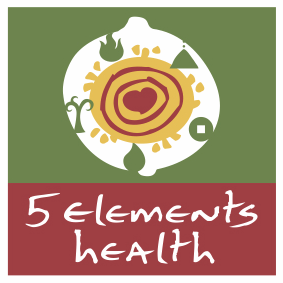Japanese Acupuncture
Japanese acupuncture is a style of acupuncture known as Meridian Therapy. It is based on the same theories and fundamental principles of TCM (Traditional Chinese Medicine), and is renowned for its gentle and relaxing style of treatment. The needles used are extremely fine and the needling methods are shallow and virtually painless, some non-inserted techniques may also be used. Each treatment is individualised and based on the patient’s presenting signs and symptoms, thus each treatment will vary somewhat. The main methods of diagnosis include palpation (examination by touch) of the meridians on the arms and legs, as well as palpation of the abdomen (hara) and the pulses at the wrist.
Japanese acupuncture treatments are usually divided into two steps, the root and branch treatment methods. The root treatment addresses core circulation and structural imbalances while the branch treatment both supports the root and addresses relief of current symptoms.
Moxibustion is often used in conjunction with acupuncture and especially so with Japanese acupuncture. Most acupuncturists (Japanese and TCM style) use some style of moxibustion in their practice. Moxibustion is a traditional Chinese medicine technique that involves burning dried herbs on or near the skin to enhance the therapeutic affect. This technique does not burn the skin, and usually only some mild warmth will be felt. The dried herbs used are called mugwort and the practice of moxibustion has been in use throughout Asia for more than 3000 years. As with all forms of traditional Chinese medicine, the purpose of moxibustion is to strengthen the constitution, enhance circulation and maintain general health.

